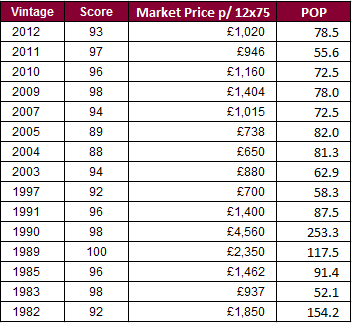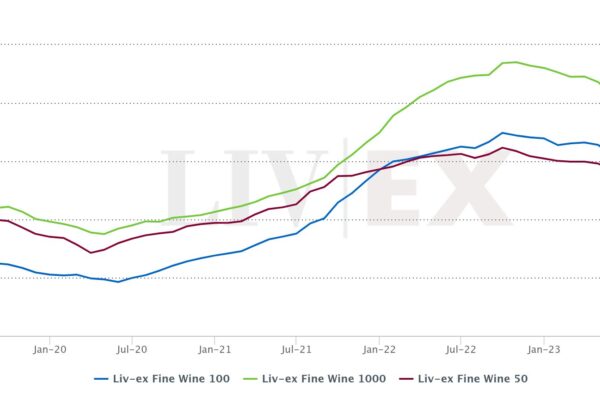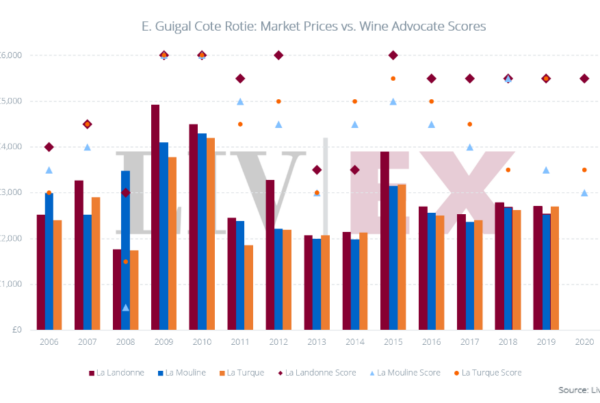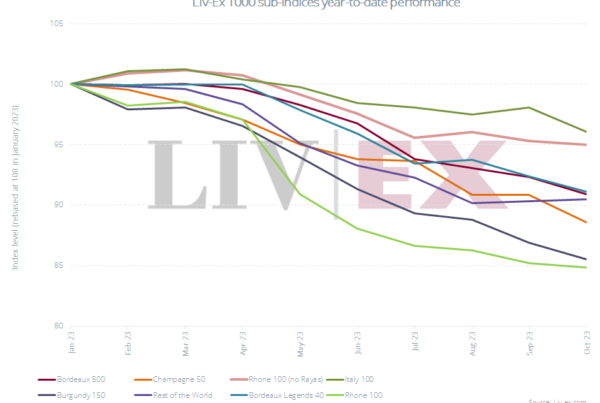Owner: La Maison Jaboulet
Colour: Red, White
Wines: La Chapelle Rouge, La Chapelle Blanc, La Petite Chapelle, Chevalier de Stérimberg
La Chapelle Rouge: Syrah, vines aged 40-60 years.
History
Hermitage la Chapelle, known as the jewel in the crown of Maison Jaboulet, takes its name from the little Chapel of Saint-Christophe which sits on a hill overlooking the vineyards of the Rhône. The chapel was built by the injured French Knight Gaspard de Stérimberg who dwelled there from 1224 after returning from the crusades. He lived as a hermit, giving the Hermitage region its name.
In 1834, Antoine Jaboulet began working on this land, producing wines of reputedly outstanding quality. He was succeeded by his sons Henri and Paul, and it was the latter who went on to give his name to the business which stayed in the family until 2006. In 2006 Paul Jaboulet Ainé was acquired by the Frey family, established winemakers in Champagne and owners of Chateau La Lagune in Bordeaux. Caroline Frey, the family’s eldest daughter, now heads wine making at Hermitage la Chapelle.
The legendary 1961 Vintage
Hermitage la Chapelle 1961, classed as one of the Twelve Mythical Wines of the 20th century, was a vintage that gained legendary status. In June 2000 Robert Parker commented, “This is unquestionably one of the greatest wines made in the twentieth century. In the two dozen tastings where I have had the 1961 La Chapelle, I rated it 100 points twenty times.” He described it as “truly immortal”. The vintage went on to break the record for the highest selling 12×75 case at auction house Christie’s in 2007. The lot sold for £123,750 – more than £10,000 per bottle.
A dip in the 1990s
Both James Suckling and Jancis Robinson have noted a change in La Chapelle’s vintages of the 1990s. Robinson observed a number of the wines produced in the decade to be “dangerously evolved, light and sweet, rustic, and rather skinny”, and suggested that the change may have been due to an increase in production and change in the type and use of oak.
James Suckling’s vertical tasting summer 2014: new heights
In December 2014, James Suckling released a tasting report following a visit to Hermitage La Chapelle in the summer. He met with Caroline Frey, who Suckling says has taken the winery “back to its former glory”. He praised her use of organic and biodynamic viticulture and limited use of new oak which “yields wines with clarity and style”.
In his vertical tasting, Suckling favoured the 2009 over the popular 2010 “due to its ultra-fine line of tannins and form” and described the 2011 as “a revelation”. The 1989, however, proved to be “the standout of the tasting” and was awarded 100 points. Suckling described it as “fabulously spicy with black pepper, cinnamon, cloves, black truffles, sous bois and liquorice.” He commented, “This is the legendary 1961 again”.
The chart below compares the scores given by Suckling with their current market price. These POP* scores, where the lower numbers represent greater value, reveal a number of value wines on offer from Hermitage la Chapelle. The 1983, a 98 point wine that has a market price below £1,000, has the lowest POP score of only 52.1. Typically, Bordeaux First Growths have POP scores of 200-400.

Source: http://www.jamessuckling.com/
POP
A wine’s POP score is its price-over-points ratio, our loose measure of value. It is calculated by dividing the price of a nine-litre case of wine by a shortened 20-point score. We have calculated this 20-point score by simply subtracting 80 from the official rating from James Suckling on the basis that any wine under 80 points is unlikely to attract a secondary market. In theory, the lower the POP score the better value a wine is.





